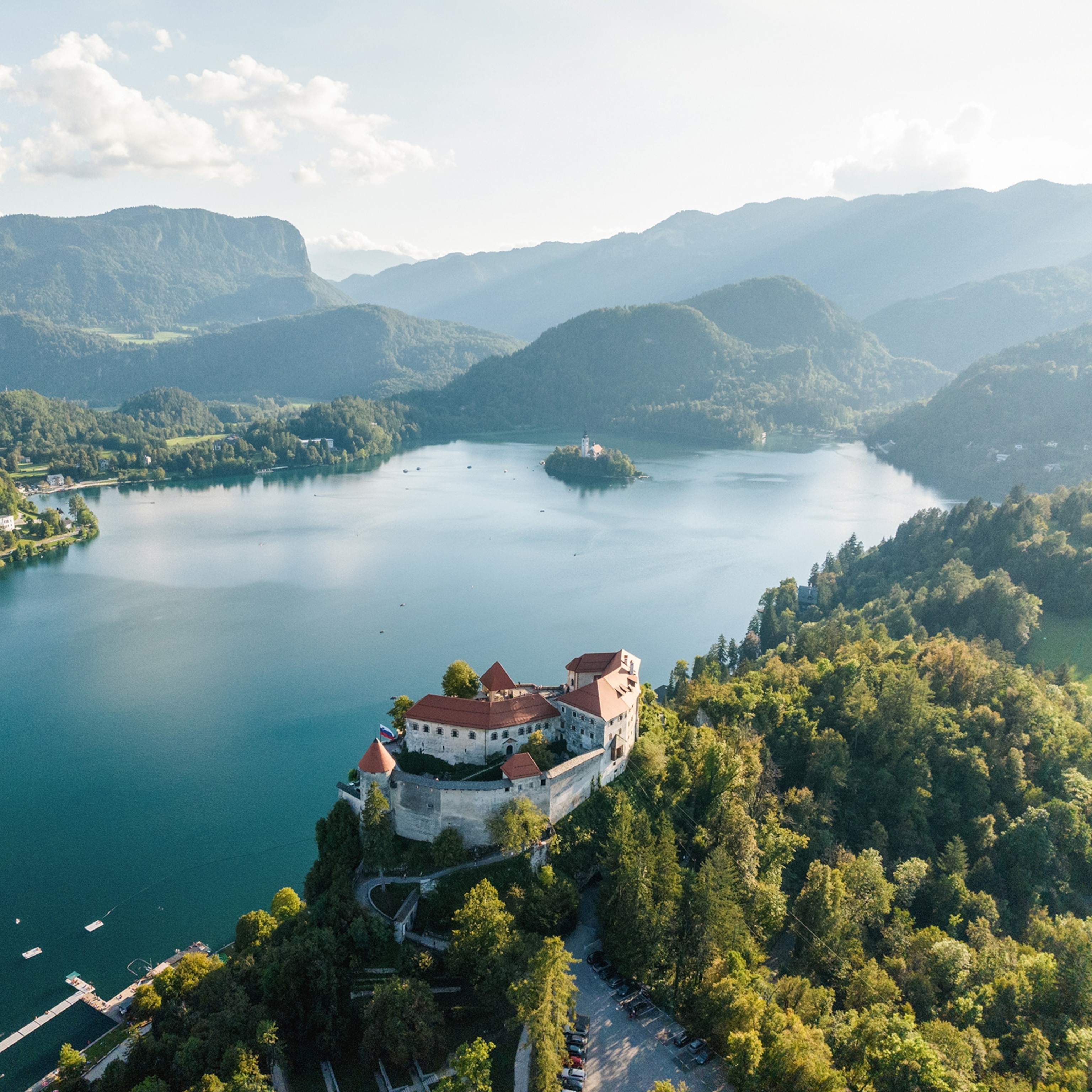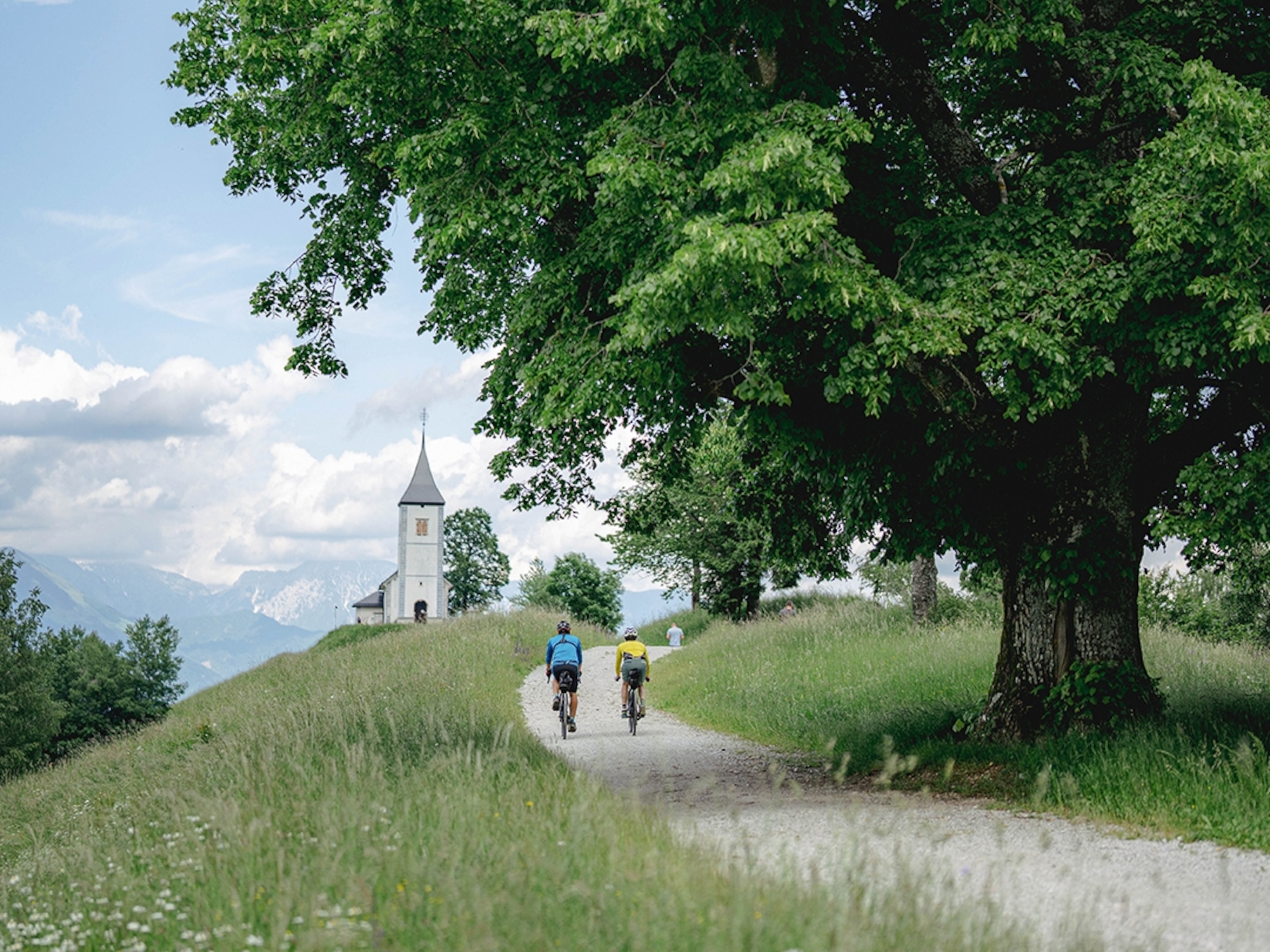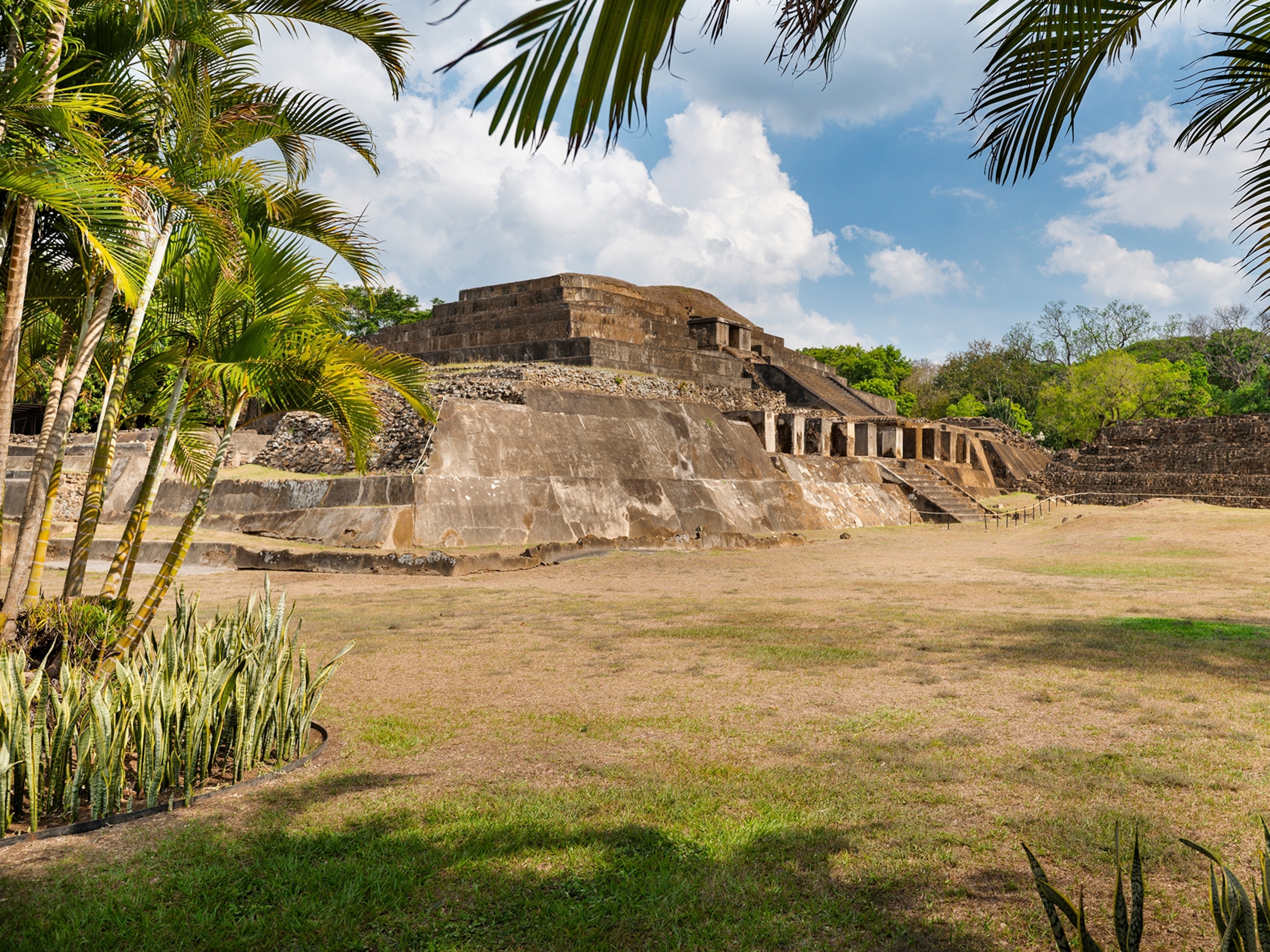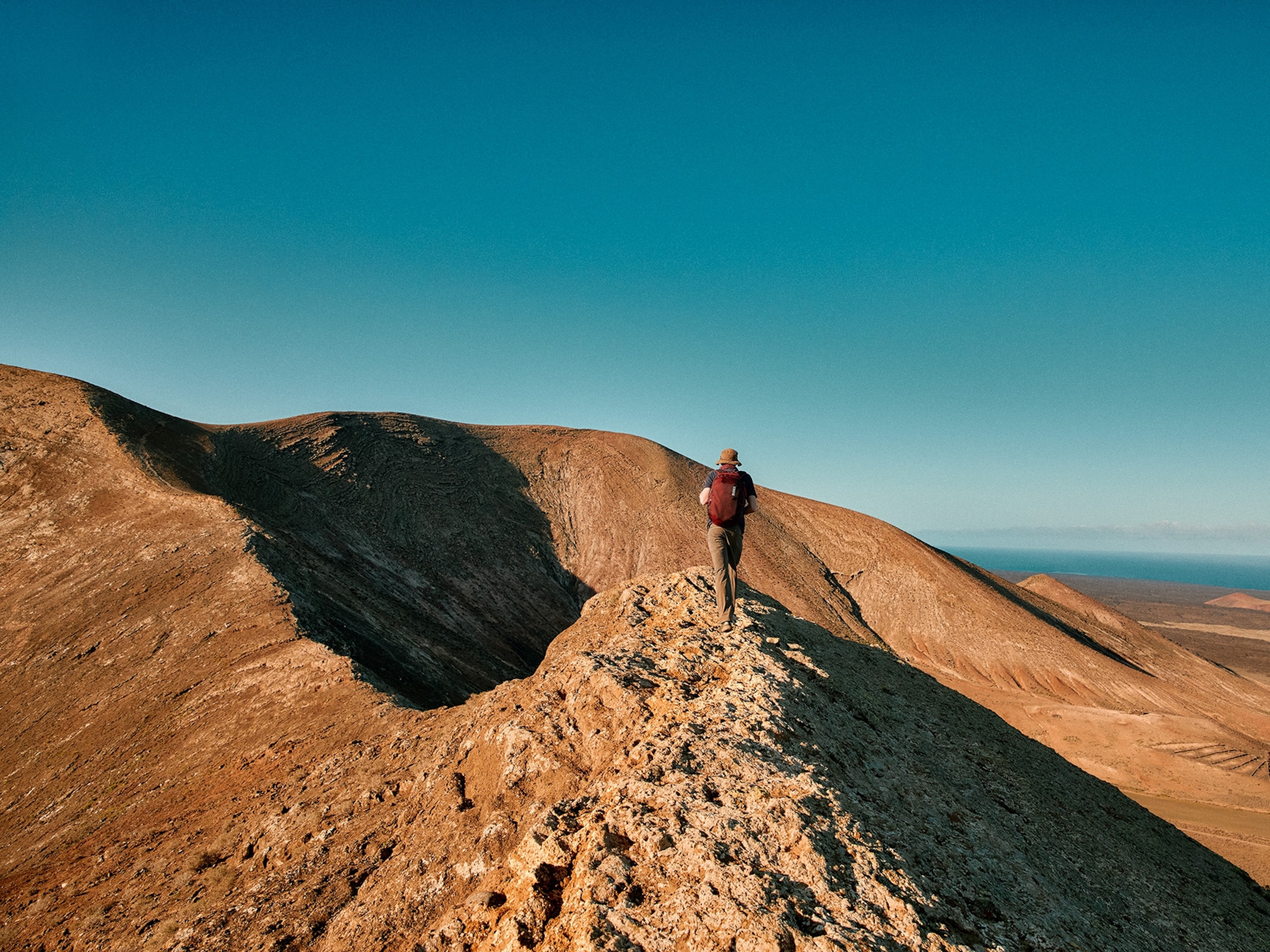Slovenia’s landscapes of adventure
Slovenia brings out something special in those who come here to explore its diverse geography, from alpine mountains and karst plateaus, to glacier-fed rivers and rolling meadows.
The mountaineering legend Steve House credits his time spent alpine climbing in Slovenia’s mountains as a college student with giving him a “superpower” in the form of a finely tuned mountain sense, one that he says stayed with him over the course of his brilliant climbing career.
Slovenia has a reputation for producing mountain athletes with all types of superpowers. Janja Garnbret, who was born in Slovenj Gradec and started climbing at age 7, recently won the Olympic gold medal in sport climbing. Now 23, she is widely considered the best competition climber of all time. Silvo Karo and Marko Prezelj are among Slovenia’s most celebrated mountaineering legends. Prezelj, for example, is a four-time winner of the Piolet d’Or, an award recognizing the most cutting-edge mountaineering achievements of the year. Tina Maze is one of the best alpine ski racers ever, and a two-time Olympic gold medalist. Tadej Pogačar and Primož Roglič are considered among the world’s best road cyclists. And Luka Kovačič is a talented mountain runner who first climbed Mount Triglav, Slovenia’s highest peak, when he was 7 years old. As an adult, he set the record for climbing Slovenia’s five tallest peaks in just 14 hours.
These celebrated names have one thing in common: a love of Slovenia for its rich adventure culture built around its diverse landscapes, from sky to sea. Despite being a relatively small country, the landscape offers opportunities for big adventure.
Petra Klinar, a rock climber from the village Javorniški Rovt in the Karavanke Alps, says Slovenia’s size is precisely what she loves.
“Slovenia is really small, but the landscape is so diverse,” she says. “There is a playground for every sport, so in the morning you can go climbing or take a swim in the sea, and in the afternoon, you can go for a hike and catch the sunset in the mountains.”
Alpine Winter Sports
To look across the soaring skyline of the Julian Alps is to see what was once at the bottom of the sea. This limestone range, which extends across northwestern Slovenia, is the result of millions of years of limestone deposited at the bottom of the ocean. , and Tectonic collisions uplifted these limestone deposits—now bedrock—skyward, with Mount Triglav (2,864 meters) ultimately standing as the range’s tallest peak.
Though not exactly high by Himalaya standards, there are still over 300 peaks taller than 2,000 meters across Slovenia’s three main mountain ranges: the Julian Alps, the Kamnik-Savinja Alps, and the Karavanke Alps. And these mountains pack quite a punch: 1,000-meter-tall faces, glaciers, cornices, ice, and snow. These backcountry mountains are considered serious undertakings by mountaineers and skiers alike. Fortunately, there are over 50 ski resorts throughout Slovenia, offering opportunities for all to experience this alpine environment in winter and admire the views.
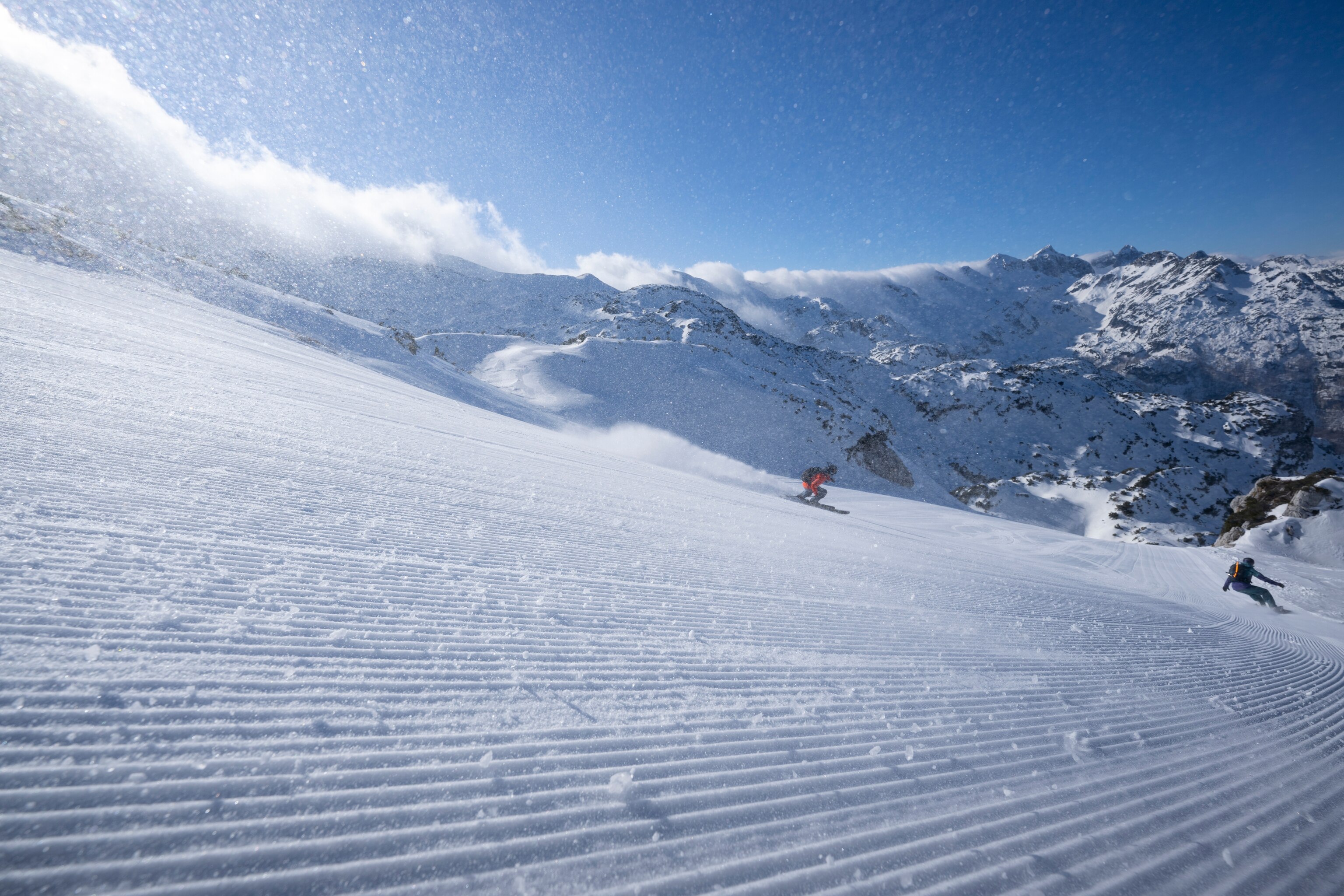
Hiking the Highlands
In summer, hikers visit Slovenia to explore its 10,000 kilometers of marked trails winding throughout the country. Thanks to accessible high-alpine roads, hikers can launch their adventures from as high as 2,000 meters, making such objectives as Mount Mangart (2,679 meters), the third-tallest peak in Slovenia, far more accessible.
There are also about 179 mountain huts, shelters, and bivouacs that serve as both destinations and checkpoints along the way for hikers like Luka Stražar, an IFMGA-certified mountain guide who lives in Javorniški Rovt.
“Slovenian mountain huts are always a good option if you want to have lunch and enjoy the scenery,” says Stražar. “With well-developed and marked hiking paths throughout Slovenia, a visitor can explore every corner of this diverse landscape on foot.”

Kayaking Rivers
While some landscapes are accessible on foot, others are only accessible by raft or kayak. Meltwater from the Alps feeds dozens of major rivers and watersheds, which offer excellent paddling opportunities, from leisurely floats to advanced class V rapids.
Sára Seprenyi, a veteran kayaker with 20 years’ experience, is originally from Hungary, but fell in love with Slovenia, and moved to Ljubljana to be closer to some of her favorite rivers.
“In Slovenia you can paddle all type of water,” she says. “The water is also really clean, so you can see deep down, and see the fishes swimming under you. And with the mountains around you, it feels magical, like you’re living in a postcard!”
The Savinja River, for example, is a 102-kilometer-long river whose upper reaches are popular with kayakers. The river originates above Rinka Falls, one of Slovenia’s most scenic waterfalls.
“Savinja is special because it’s like a hidden treasure between the mountains,” says Seprenyi. “The river has different sections to suit all paddlers. During a huge rain, the water comes down from the mountains, and the river becomes quite wild, which is awesome to ride!”
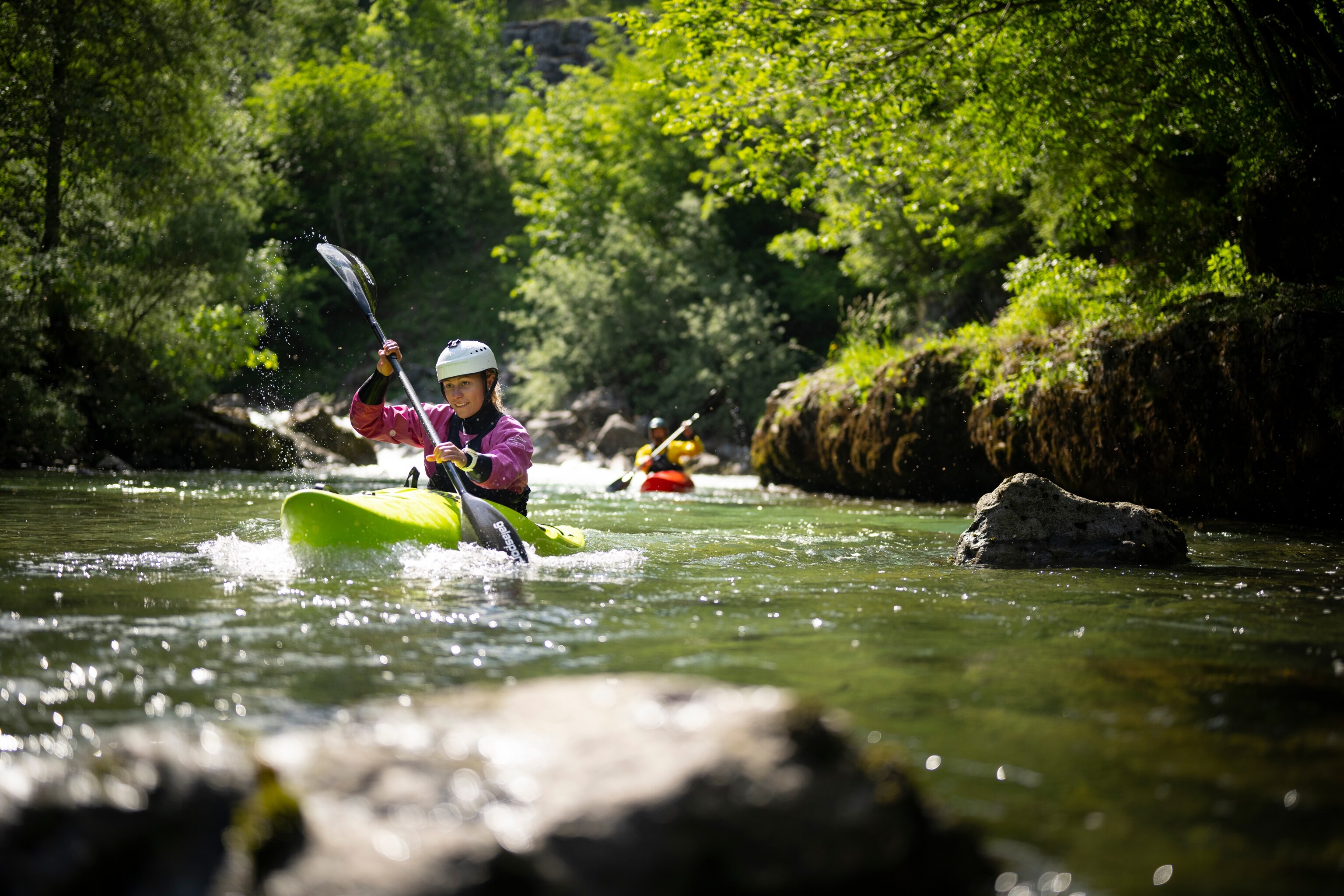
Biking Forests, Plains, and Mines
Where there aren’t mountains and rivers, there’s a good chance you’ll find a forest in Slovenia, one of the most densely forested countries in Europe. Around 60 percent of the country’s landscape is forest comprised primarily of beech trees alongside fir, spruce, maple, and oak.
Amid these romantic forests, old hiking trails have been converted into hundreds of mountain biking trails in areas such as Kranjska Gora, Cerkno, Vogel, Krvavec, Koroška, Kočevsko, Rogla, and the Maribor Pohorje Hills.
Koroška is a unique region, not just because you can ride your mountain bike through forests and across rolling green hills, but also because you can bike underground. An old mine shaft leading down into the abandoned Mežica Mine near Mount Peca has been turned into a five-kilometer-long mountain bike trail far beneath the roots of the trees overhead.
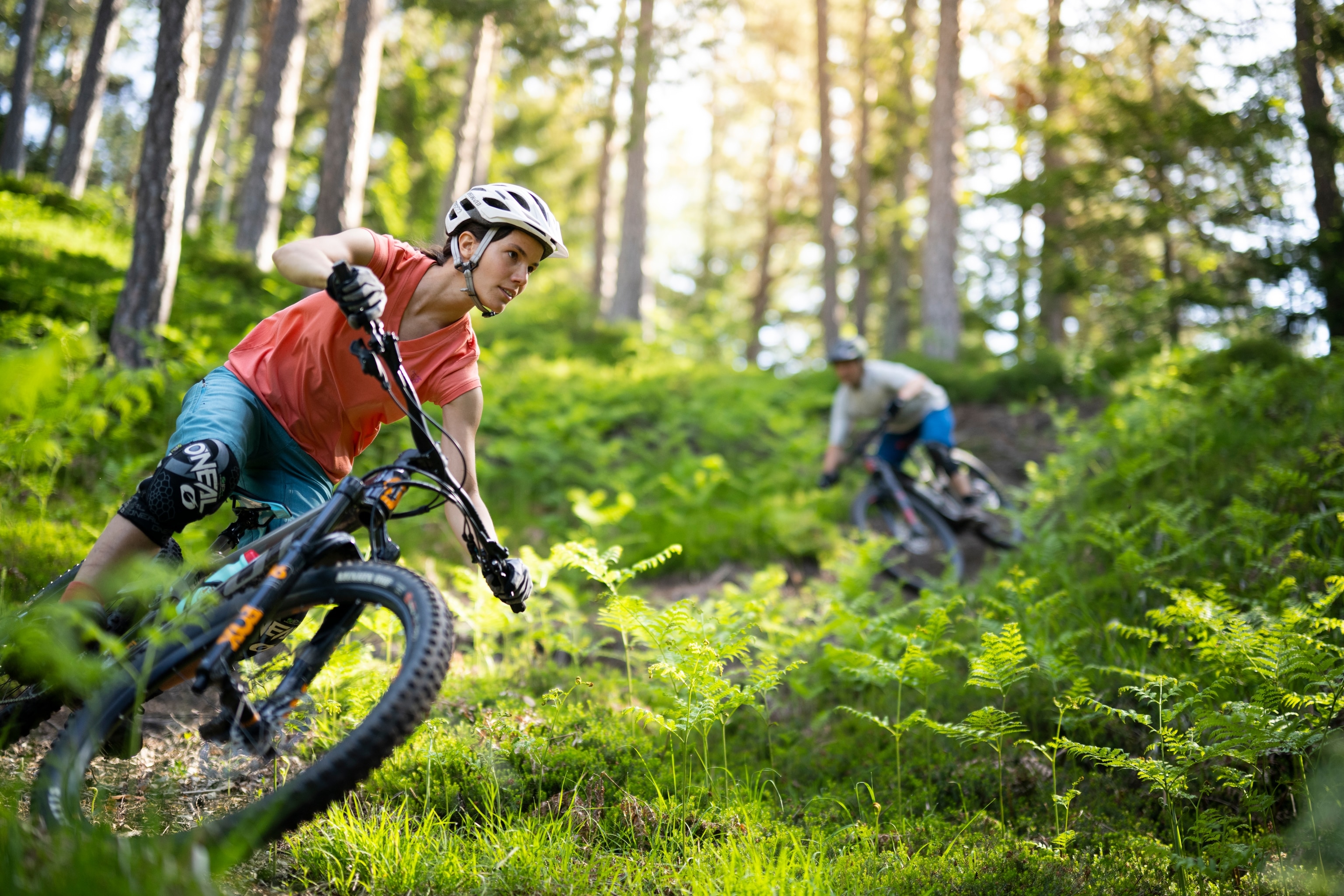
Rock Climbing the Karst
The Karst Plateau bordering the Adriatic Sea defines the topography of southwestern Slovenia. The soluble limestone and dolomite rocks are constantly losing their battle with water, which has carved impressive formations out of the landscape, from towering cliffs perfect for rock climbing to more than 8,000 mysterious caves, including show caves Postojna and Škocjan, which beg exploration.
The crags of Osp, Mišja Peč, and Črni Kal are some of the most renowned and historic sport climbing locations―not just in Slovenia, but in Europe. In 1988, these cliffs were the site of Slovenia’s first sport climbing competition. In the 1990s, Mišja Peč became a site where climbers pushed their limits on steep limestone dripping with tufas and riddled with pockets that make for great, if challenging, rock climbing.
“Climbing is not just an important part of mountain culture, but Slovenian culture in general,” says Luka Stražar. “Mountaineering, alpinism, and climbing always played an important role in the national identity of Slovenian people. With climbing entering the Olympics and Janja Garbret completely dominating the women’s competitions, climbing has really flourished in recent years.”
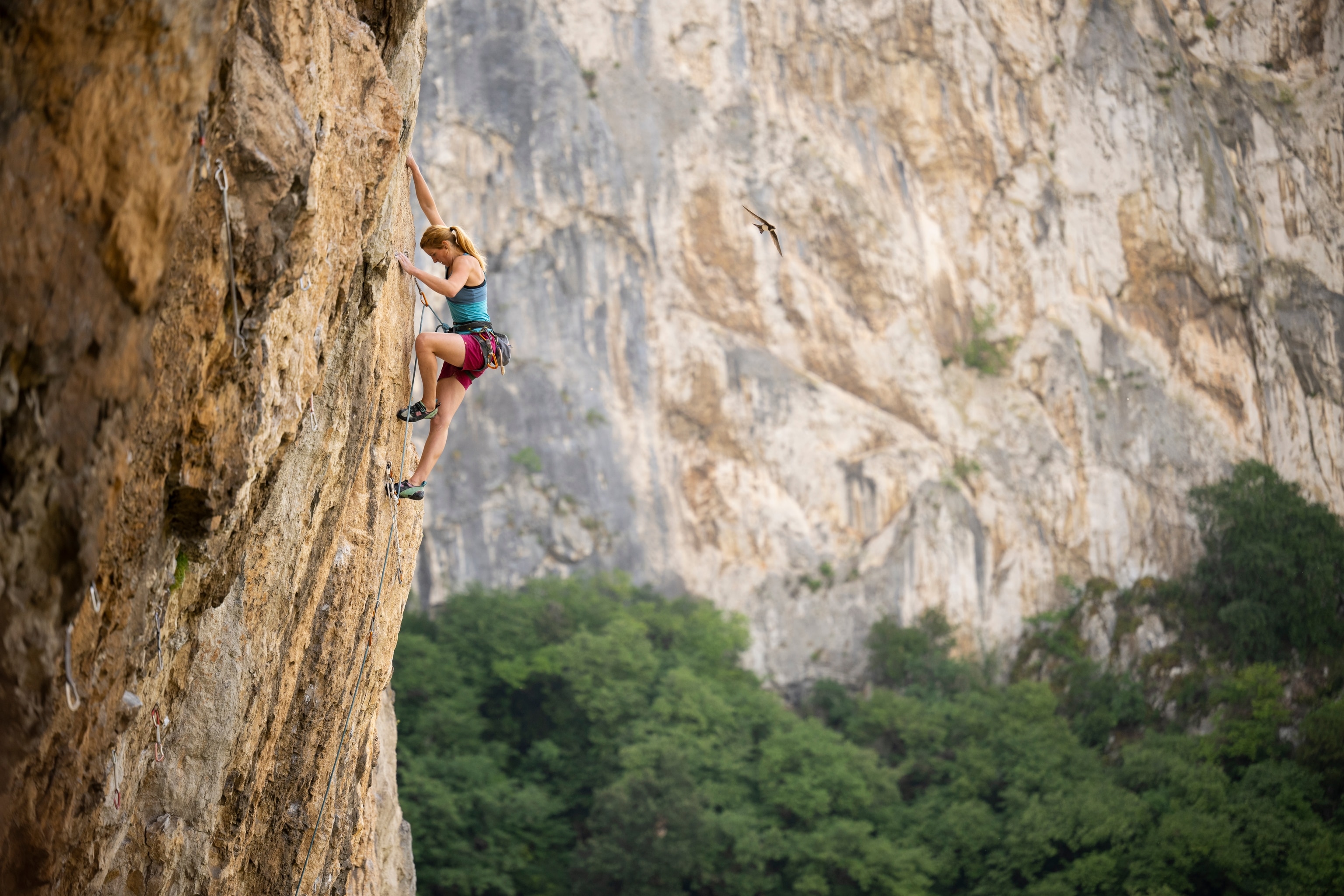
Whether you’re climbing up limestone, skiing down snow-covered slopes, riding single track, or going full send down the rapids, Stražar says the most important part of experiencing these landscapes is having the right, respectful approach: “Respect nature, soak in the vibe of the area, and you will leave Slovenia with a good, vibrant experience.”
